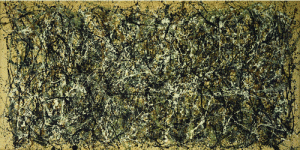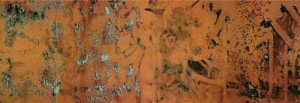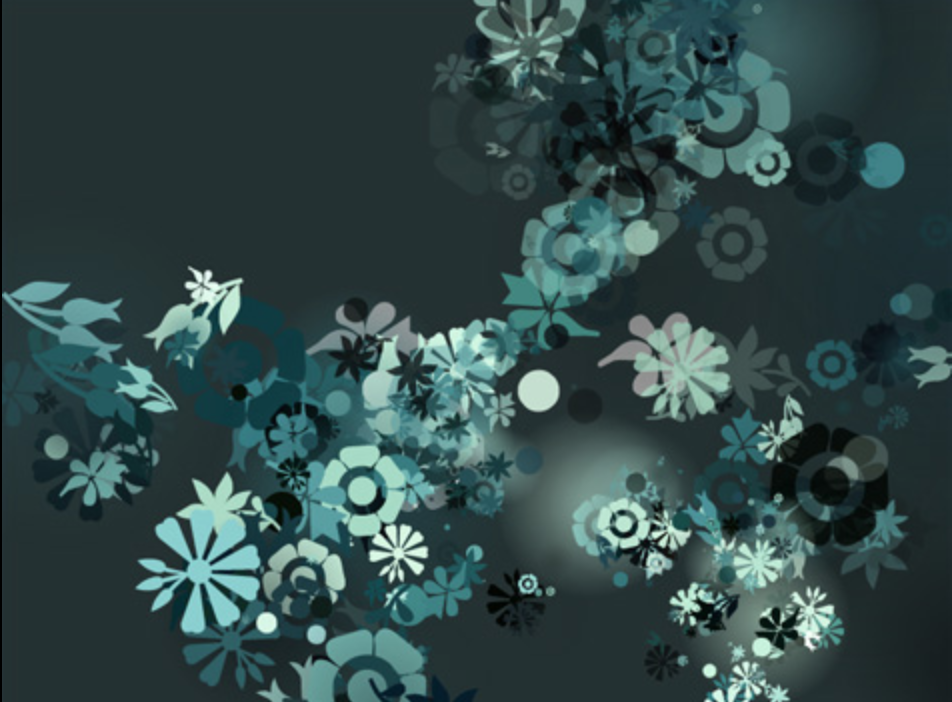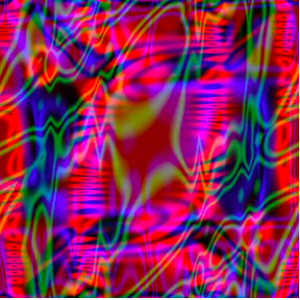Gifpop is the art of transforming a gif into a one, printable image (i.e. a postcard). Gifpop utilizes a process called lenticular printing, which is a technology that uses lenticular lenses to create an illusion of depth through images, or to create the ability to see different images from different angles (aka a “moving” image). The company takes up to ten frames and merges them to create a single image on a card (slower gifs with fewer frames will have better resolution).

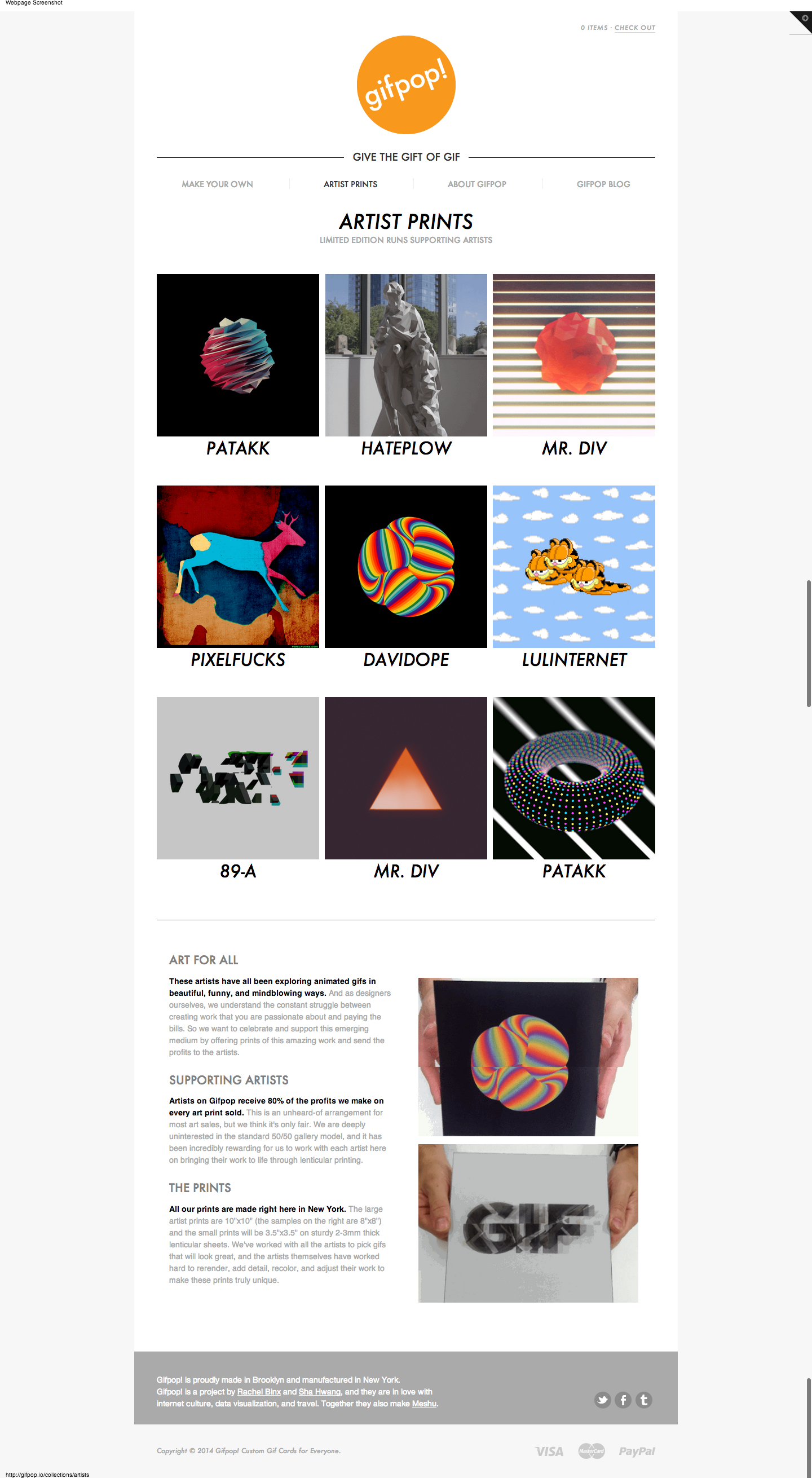
(Examples of gifpop cards.)
This process (including lenticular printing) has a lot of potential to grow into something even larger, and I was intrigued to learn what lenticular printing is and how it can be applied.
![[OLD FALL 2018] 15-104 • Introduction to Computing for Creative Practice](../../wp-content/uploads/2020/08/stop-banner.png)



